
Citroën C5 Aircross running costs and reliability

Miles per pound (mpp) ⓘ
| Petrol engines | 5.2 - 7.8 mpp |
|---|---|
| Diesel engines | 5.3 - 7.8 mpp |
| Plug-in hybrid petrol engines * | 5.3 - 6.0 mpp |
Fuel economy ⓘ
| Petrol engines | 35.2 - 53.3 mpg |
|---|---|
| Diesel engines | 41.6 - 60.8 mpg |
| Plug-in hybrid petrol engines * | 36.3 - 40.9 mpg |
- One of the more efficient choices in the class
- PHEV takes the efficiency crown – of course
- Question marks over reliability
What are the running costs?
If you’re after the most economical non-hybrid Citroen C5 Aircross, then you’ll unquestionably head towards the 130hp BlueHDi diesel, which delivers over 55mpg according to the official WLTP figures. However, our long-term experience in a similarly-engined Peugeot 5008 places that nearer to 50mpg in real-world driving. CO2 emissions are competitive, though.
The petrol-powered 1.2 Puretech is impressively efficient for a small engine in a big car. Official fuel economy in the mid-to-high 40s will be more like low-to-mid 40s in the real world, which is perfectly acceptable in our book.
The Hybrid 136 model splits the difference between BlueHDi and Puretech. WLTP fuel economy is listed as 53.3mpg and we’ve seen 50mpg in our testing. Though it will dip into the low-40s if you get a shift on.
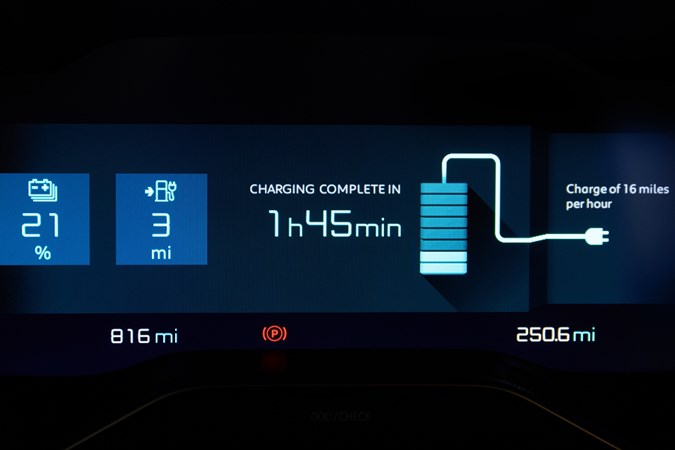
Lastly, there’s the C5 Aircross Plug-in Hybrid. This potentially has the best fuel consumption of all, but our long-term test C5 Aircross didn’t get close to the advertised figures – usually the case with a PHEV. We saw around 38.5mpg in mixed use, which included motorway mileage, and we really weren’t thrashing it.
The fuel economy of the plug-in hybrid very much depends on how often you charge it. It’s capable of around 25-30 miles on a full charge in the real world, which should be enough to cover the majority of daily commutes and midweek trips. It also means that, provided you charge up regularly, you’ll rarely need the engine. The flip side is that if you don’t charge it at all, it’ll likely be the least efficient model in the range.
These numbers are all bang on the money for this type of mid-size SUV, comparing well with the fuel economy delivered by rivals such as the Nissan Qashqai, Renault Austral and Honda ZR-V.
Servicing and warranty
The C5 Aircross has a three-year warranty, with an unlimited mileage cap in the first two years and a 60,000-mile cap in the third year. You can also extend the warranty if the car has done less than 100,000 miles and is less than 10 years old.
Citroen offers a service plan that you can pay for up front that lasts up to three years or 35,000 miles. It’s available for the first year from when the car is registered.
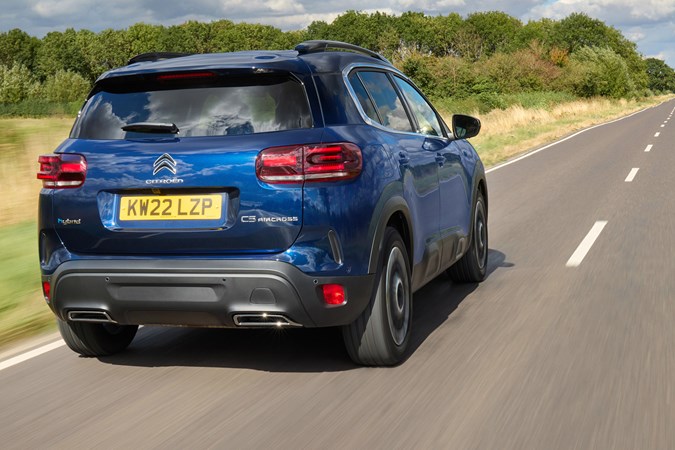
Reliability
- Built from a proven component set
- Citroen reliability much improved
- But a number of recalls issued
The Citroen C5 Aircross is based on the same set of structure, mechanical and electrical components as almost every current Peugeot, Citroen, DS and Vauxhall product. That’s a good thing, as the latest crop of models from those brands have been far more reliable than some of their predecessors. But our owner reviews suggest niggles can crop up.
We didn’t experience any reliability issues with our long-term test car. However, a few gremlins have cropped up in more recent testing, for instance non-functioning parking sensors.
A number of recalls have been issued for the C5 Aircross, most of them relating to quality control oversights – you can find the details on the government’s vehicle recall check website. Affected cars should have had the necessary rectification carried by Citroen. If you’re interested in buying a used C5 Aircross, check the service history and/or contact a dealer to find out if any recall work has been carried out. In addition, outstanding recalls are listed on a car’s MOT certificate.
Ongoing running costs
| Road tax | £195 |
|---|---|
| Insurance group | 16 - 28 |
Get an insurance quote with

|
|


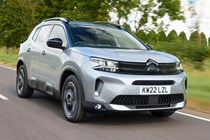
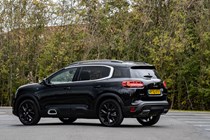
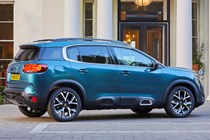

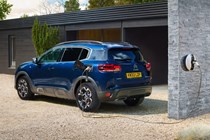
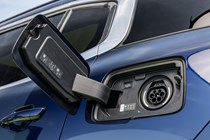


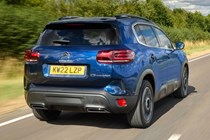

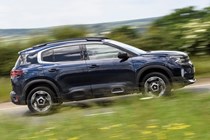
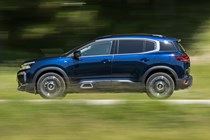
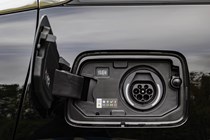
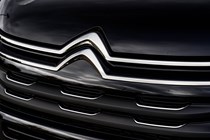
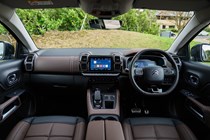
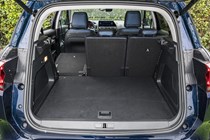
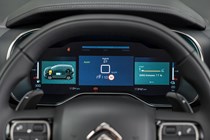
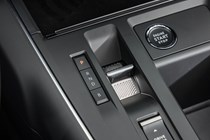
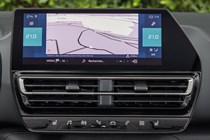
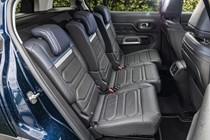


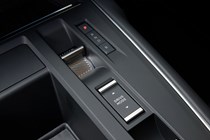

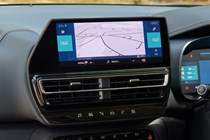
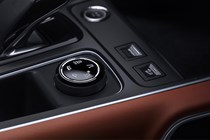
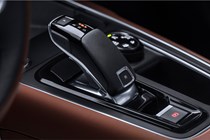
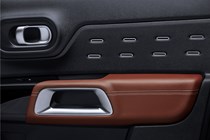
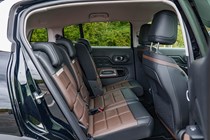
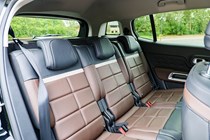
.jpg)
.jpg)
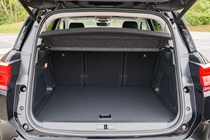
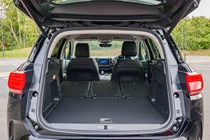































.jpg?quality=50)
.jpg?quality=50)


